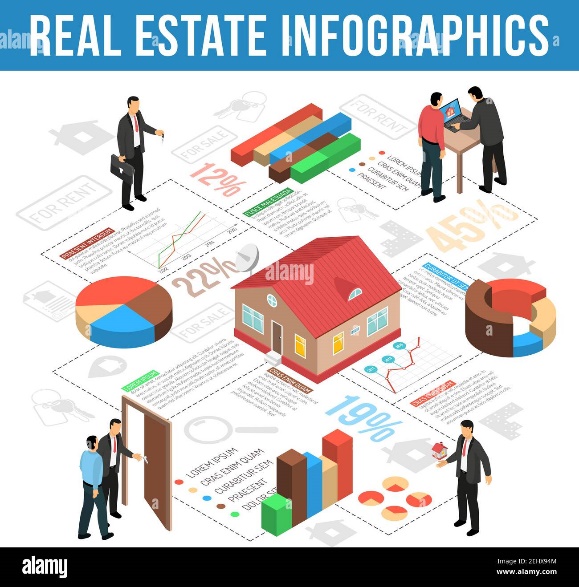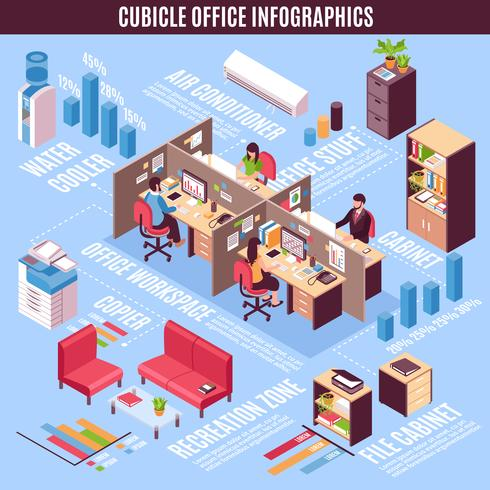The London commercial property market is undergoing significant transformation due to various factors including economic shifts, technological advancements, and changing business practices. As of early 2025, there are five key trends that are shaping the sector. These trends are not only reshaping how investors, landlords, and tenants approach the market, but also signaling the direction of future growth and opportunities in commercial real estate in London.
1. Hybrid Working and Its Impact on Office Demand
Trend Explanation:
Hybrid working – a model where employees split their time between remote work and office-based work – continues to influence demand for office space. While the pandemic accelerated the adoption of remote working, businesses are now looking for flexible office spaces that accommodate both in-person collaboration and remote work. The demand for traditional large, open-plan offices has decreased in favor of smaller, flexible, and well-designed spaces that foster creativity, collaboration, and productivity.
Why It’s a Trend:
With many businesses recognizing the benefits of flexible working models, they no longer need to maintain large, centralised office hubs. Instead, there is a shift towards flexible office spaces, co-working spaces, and satellite offices in areas outside the city’s core. This trend has been supported by technology and office design changes that enable hybrid working, such as meeting pods, hot-desking arrangements, and improved digital collaboration tools.
Impact on the Market:
This has led to a rise in demand for smaller, high-quality office spaces in less traditional locations, especially in areas of London that are better connected to residential areas. Traditional office landlords are adjusting their offerings, incorporating flexible lease terms and modern amenities to meet evolving tenant demands. Additionally, businesses are embracing “hub and spoke” models, where central offices act as collaboration spaces while satellite offices or remote working hubs are located in more suburban or regional areas.
2. Sustainability and ESG (Environmental, Social, and Governance) Considerations
Trend Explanation:
The growing focus on sustainability and ESG principles has become a defining factor in commercial property investment and development. Landlords, developers, and tenants are increasingly prioritizing environmental sustainability, with a particular emphasis on reducing carbon footprints, improving energy efficiency, and creating healthier work environments. This trend has been driven by regulatory pressures, consumer expectations, and investor interest in responsible, sustainable practices.
Why It’s a Trend:
Businesses and investors are under increasing pressure to meet ESG standards, with many institutional investors now considering ESG criteria when making investment decisions. Governments are introducing stricter environmental regulations, such as carbon reduction targets and green building certifications (e.g., BREEAM, WELL, and LEED). Additionally, tenants are demanding environmentally responsible spaces, driven by both ethical considerations and the growing business case for sustainability (e.g., lower operational costs, healthier working conditions).
Impact on the Market:
In the London commercial property sector, sustainability is becoming a key differentiator. Developers and landlords are focusing on refurbishing and redeveloping existing buildings to meet higher environmental standards. New developments are often built with green credentials from the outset, ensuring energy efficiency and reducing carbon emissions. Office buildings with green certifications are in higher demand, while properties that don’t meet these standards face reduced tenant interest and, potentially, lower rental yields.
3. The Growth of Industrial and Logistics Spaces
Trend Explanation:
Industrial and logistics real estate continues to experience strong demand, driven by the continued growth of e-commerce, supply chain challenges, and the need for last-mile delivery hubs. The rise in online shopping has significantly increased the demand for warehouses, distribution centres, and logistics hubs, particularly those located close to major transport routes and urban centres.
Why It’s a Trend:
The e-commerce boom, which was already growing before the pandemic, has accelerated with the shift in consumer behavior toward online shopping. As businesses increasingly rely on fast and efficient distribution networks to meet customer demands, logistics spaces located near London and other urban areas have become crucial for last-mile delivery operations. The need for short lead times, rapid fulfillment, and high efficiency is driving demand for modern, high-specification industrial spaces.
Impact on the Market:
This has led to a surge in investment in industrial properties, with institutional investors increasingly targeting logistics assets. Prime logistics locations close to transport infrastructure, such as the M25 and London’s airports, are in particularly high demand. Developers are focusing on building state-of-the-art warehouses and distribution centres to accommodate the growing need for fast and efficient supply chains. As a result, the industrial sector is experiencing some of the highest rental growth rates in the commercial property market.
4. The Rise of ‘Experience-Based’ Retail and Leisure Spaces
Trend Explanation:
Retail spaces in London are being redefined, with a growing emphasis on “experience-based” retail. In the face of the ongoing challenges posed by online shopping, physical retailers are increasingly focused on creating immersive, engaging, and interactive experiences that encourage consumers to visit stores in person. This includes stores offering unique experiences, such as pop-ups, immersive installations, interactive technology, and events, as well as the integration of dining and entertainment offerings within retail destinations.
Why It’s a Trend:
The retail sector has faced significant disruption from e-commerce, but businesses are finding new ways to capture consumer interest by focusing on in-store experiences that cannot be replicated online. Shoppers are now looking for more than just products – they want experiences that entertain, educate, and engage them. Retailers are responding by reimagining their physical spaces as destinations, blending retail with dining, leisure, and experiential activities to drive foot traffic.
Impact on the Market:
As a result, landlords are rethinking the use of traditional retail spaces. High-street locations and shopping centres in London are adapting by incorporating more experiential and leisure-focused elements, such as live events, interactive technology, or even fitness facilities. This trend has also led to the growth of mixed-use developments that combine retail, office, and residential spaces. Retail rents are increasingly driven by the quality of the experience offered rather than purely by footfall, making experiential retail and leisure a key strategy for revitalizing brick-and-mortar retail spaces.
5. The Shift Towards Flexible, Short-Term Leasing
Trend Explanation:
As businesses continue to adjust to post-pandemic conditions, the demand for flexible office spaces and short-term leasing options is increasing. Many companies are prioritizing flexibility over long-term commitments, preferring to lease space for shorter durations or through flexible terms that allow them to scale up or down as needed.
Why It’s a Trend:
The uncertainty created by the pandemic, combined with shifting economic conditions, has made many businesses hesitant to commit to long-term leases. Flexible leasing models allow businesses to adapt quickly to changing conditions, whether that’s expanding into new locations, reducing space due to remote working, or adapting to evolving team needs. Technology has also played a role in this trend, making it easier for businesses to access on-demand office space and services.
Impact on the Market:
As a result, demand for co-working spaces, serviced offices, and managed office solutions has grown significantly in London. Landlords are increasingly offering shorter-term leases with more flexible terms, including easy exit clauses, expansion options, and reduced rent obligations. This has led to the rise of more flexible, agile property solutions in commercial real estate, which appeal to both startups and larger corporations looking for adaptable workspaces.
Conclusion
These five trends reflect the evolving dynamics of the London commercial property market, shaped by economic forces, technological advancements, and changing workplace norms. Landlords, developers, and investors must stay agile and responsive to these shifts to ensure they remain competitive in a rapidly changing landscape. From embracing sustainability to adapting to the rise of hybrid working, the next 12 to 24 months will be critical for businesses in the sector to align with these trends and capitalize on emerging opportunities.
At Morgan Pryce, we are committed to helping our clients navigate these evolving market conditions and make informed decisions that drive long-term success.




